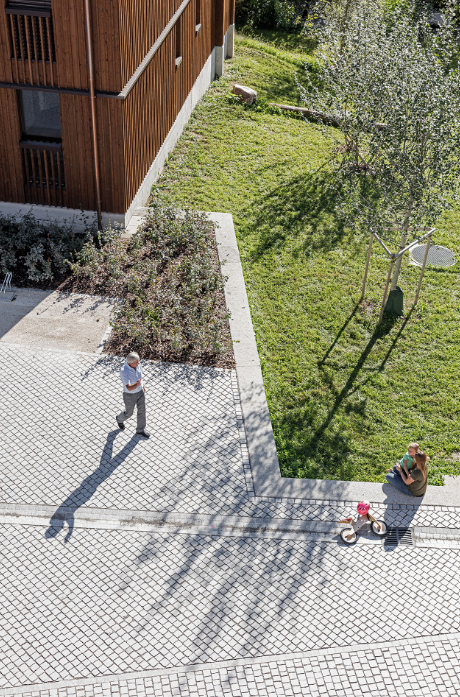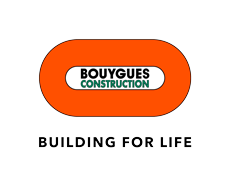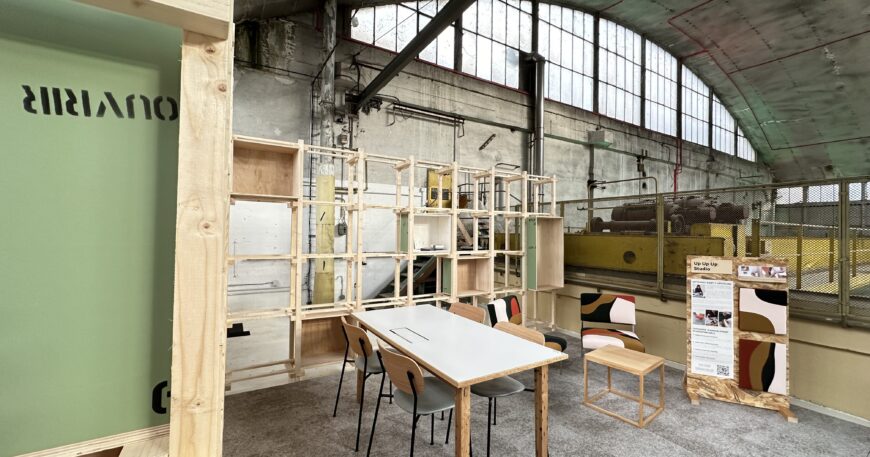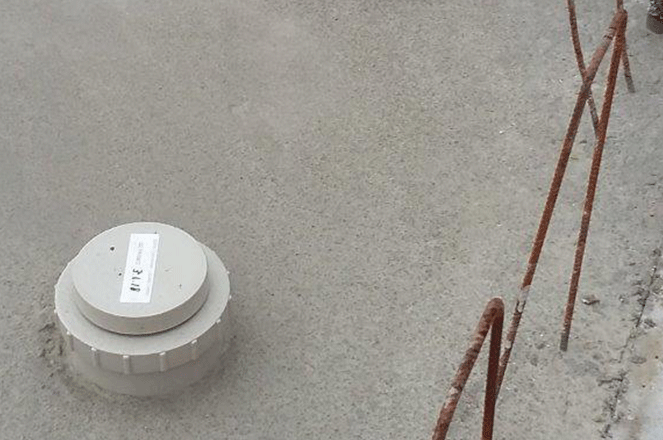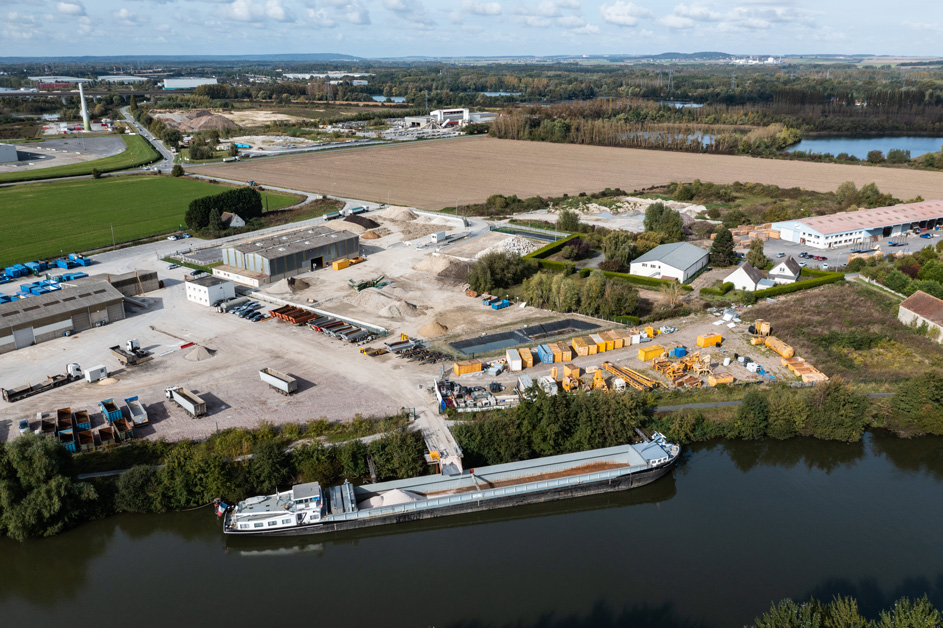Infrastructures and living spaces are a legacy that we leave to future generations. What we build today, we build for our children and our planet.
We want every structure, whether built, rehabilitated, or renovated, to present an opportunity for the future:
- sustainable over time through the quality of its design and execution,
- sustainable because it is tailored to the environmental constraints of tomorrow.
To achieve this, Bouygues Construction is enhancing its skillsets and developing ever more innovative and sustainable technical solutions to benefit all its projects and clients. At every stage of our projects, we strive to decarbonise, to preserve and enhance biodiversity, and to improve resource management, applying the same standards across the world.
Bouygues Construction's commitment extends across the entire value chain of its activities (design, material procurement, project implementation, operation) and, at the same time, seeks to advance responsible uses of the structures it designs and/or builds.
Bouygues Construction has set itself three targets for reducing these greenhouse gas emissions by 2030 compared to 2021.
These targets have been validated by the Science Based Targets initiative (SBTi). This certification attests that the company's commitments are in line with current scientific data on climate and with the Paris Agreements.
➡️Target on scopes 1&2: 40% reduction in direct emissions produced by the company’s own activity.
➡️Target on scope 3 in construction, in intensity: a 30% reduction in indirect emissions generated by the company's value chain, both upstream (during the construction phase) and downstream (during the operational phase) in terms of intensity.
➡️Target on scope 3 in Public Works, in absolute terms: a 20% reduction in indirect emissions generated by the company's value chain upstream.
